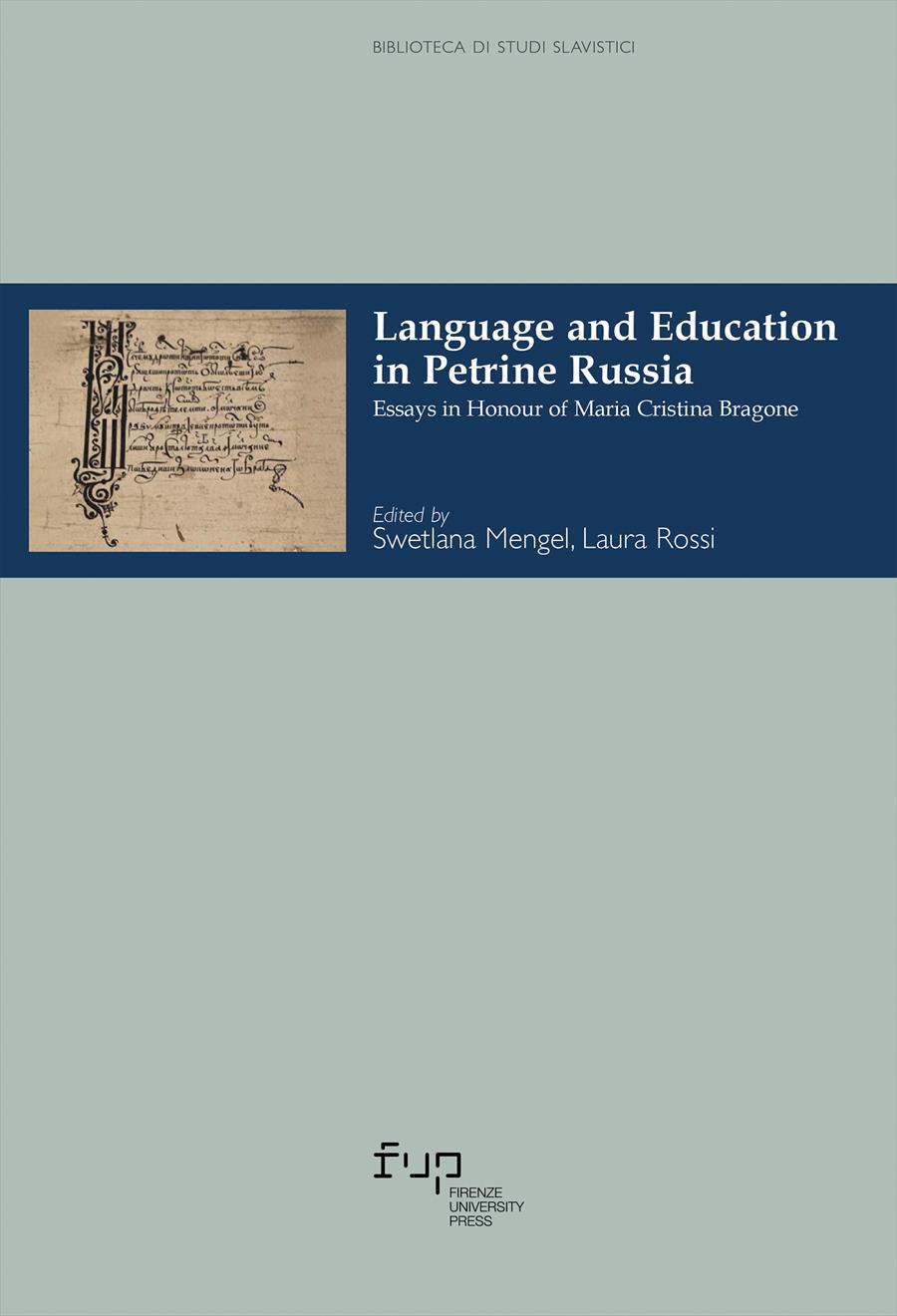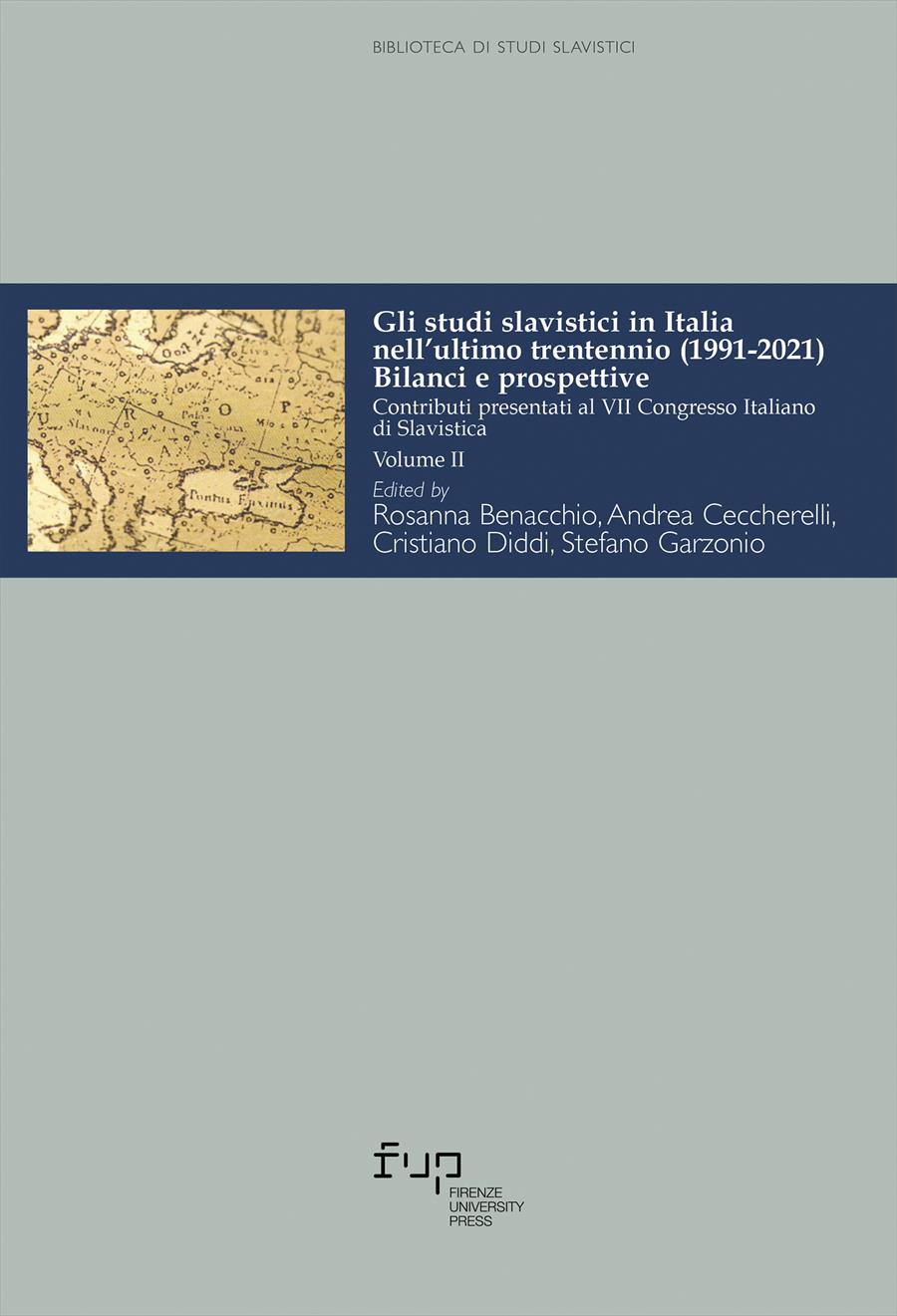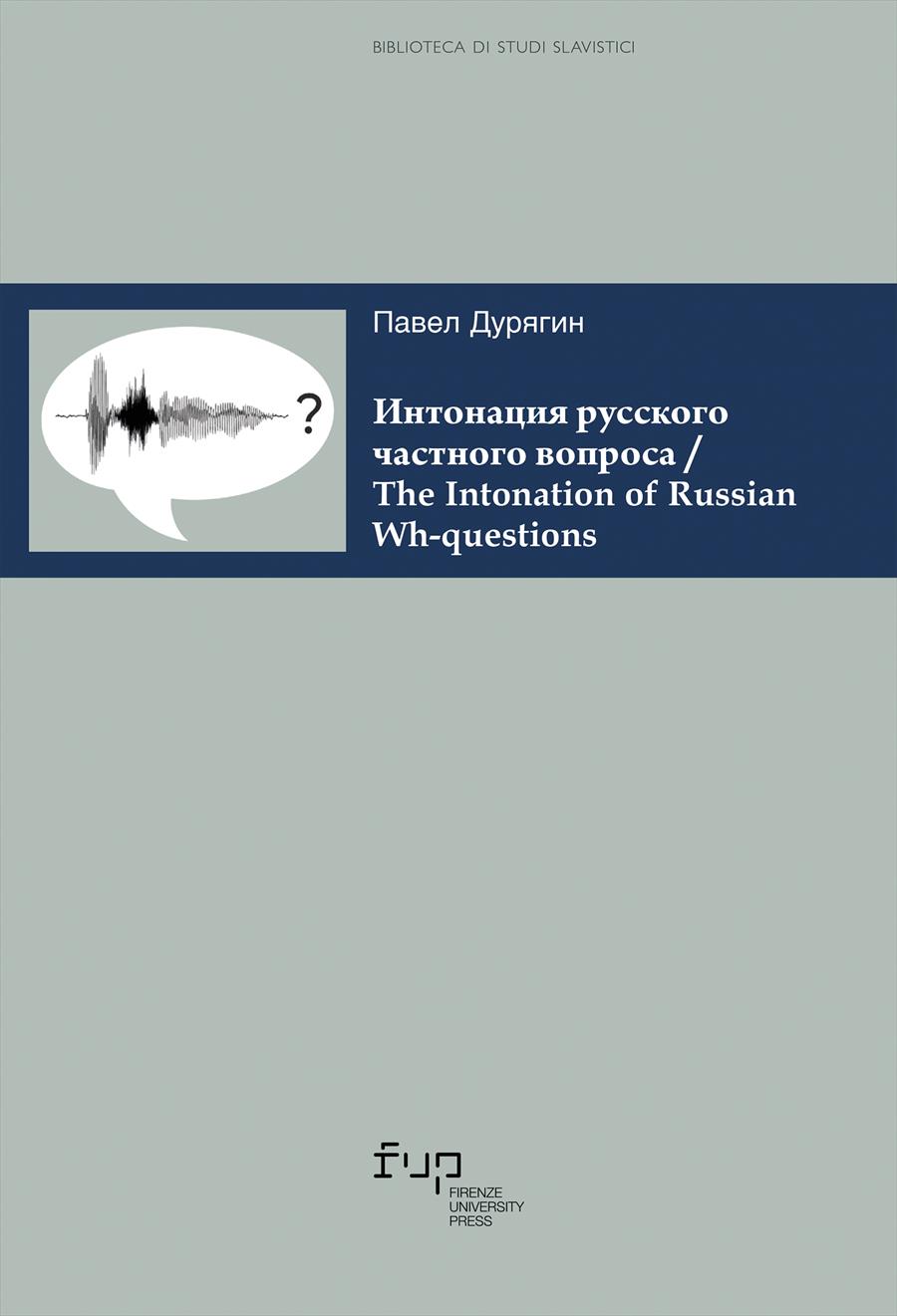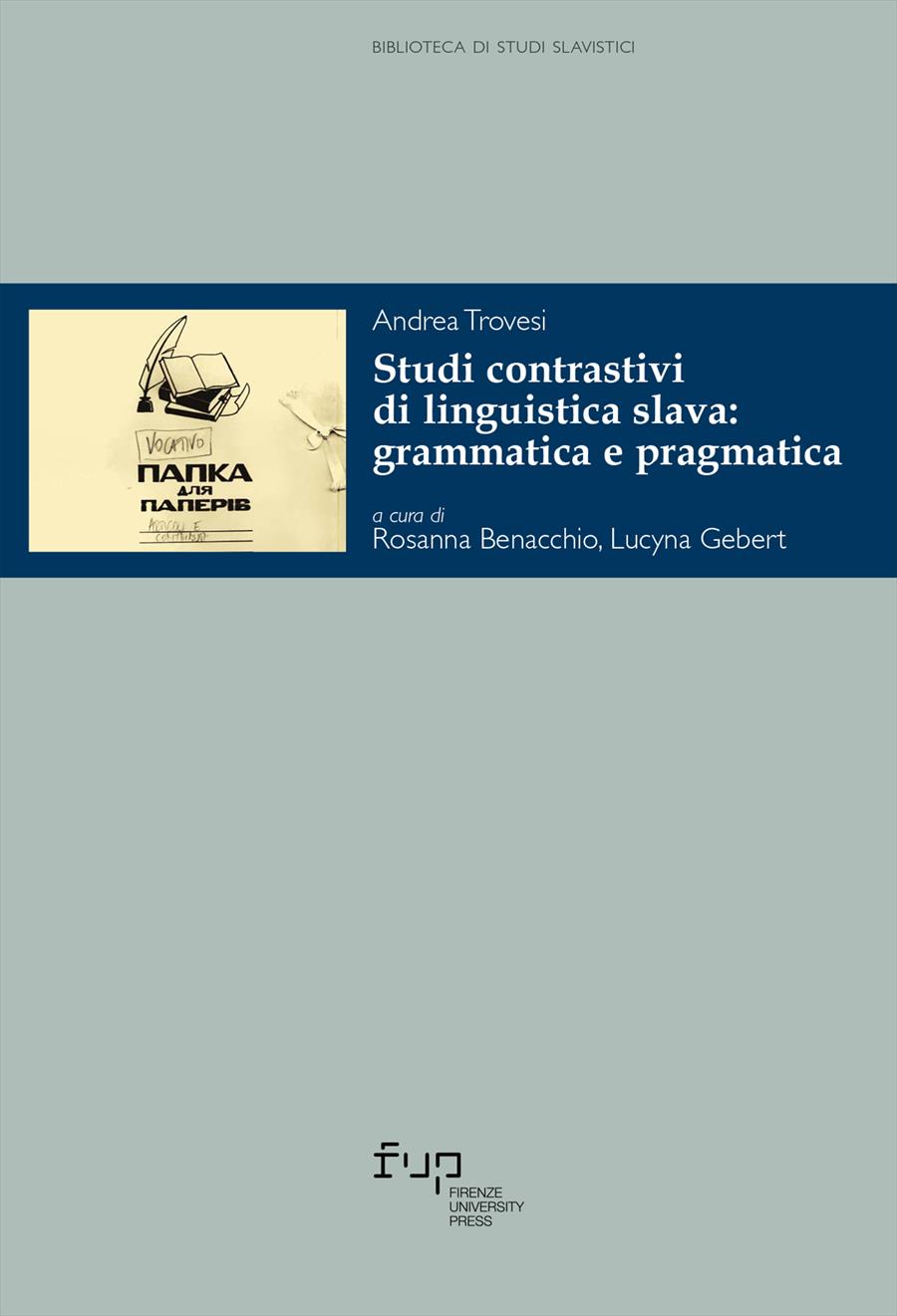Introduzione alla lingua paleoslava
- Nicoletta Marcialis,
In the mid-9th century, the inhabitants of a recently Christianised Slavia started writing and thus entered history thanks to the work of two Byzantine missionaries, the Thessalonian brothers Constantine-Cyril and Methodius, who, inventing a new alphabet, dared to translate sacred and liturgical texts useful for the young flock in a barbarian vernacular promoted to a cultured and sacred language. The introduction to the Paleoslavic language traces the lines of this story, which profoundly influenced Slavic culture, marking its mentality and determining the evolution of modern national languages, and in particular Russian. The text is about the origin, the transformations and the function of the Paleoslavic language within medieval Slavia and provides an accurate phonetic, morphological and syntactic description, accompanied by numerous examples and morphological tables.
- Keywords:
- Linguistica,
- Slavistica,
- Lingua paleoslava,
- Storia,
- Secolo IX,
- Slavia,
- DOI: 10.36253/978-88-6453-114-4
- Series: Biblioteca di Studi Slavistici
- Scientific Board
- Language: Italian
- Subjects: Slavic Literature
Purchase
University of Rome Tor Vergata, Italy - ORCID: 0000-0002-5196-485X
- Publication Year: 2005
- Pages: 295
- eISBN: 978-88-6453-114-4
- Content License: CC BY-NC-ND 2.0 IT
- © 2005 Author(s)
- Publication Year: 2005
- Pages: 298
- ISBN: 9788884536617
- Content License: CC BY-NC-ND 2.0 IT
- © 2005 Author(s)
- Publication Year: 2005
- eISBN: 978-88-5518-756-5
- Content License: CC BY-NC-ND 2.0 IT
- © 2005 Author(s)
Bibliographic Information
Book Title
Introduzione alla lingua paleoslava
Authors
Nicoletta Marcialis
Peer Reviewed
Number of Pages
298
Publication Year
2005
Copyright Information
© 2005 Author(s)
Content License
Metadata License
Publisher Name
Firenze University Press
DOI
10.36253/978-88-6453-114-4
ISBN Print
9788884536617
eISBN (pdf)
978-88-6453-114-4
eISBN (xml)
978-88-5518-756-5
Series Title
Biblioteca di Studi Slavistici
Series ISSN
2612-7687
Series E-ISSN
2612-7679






